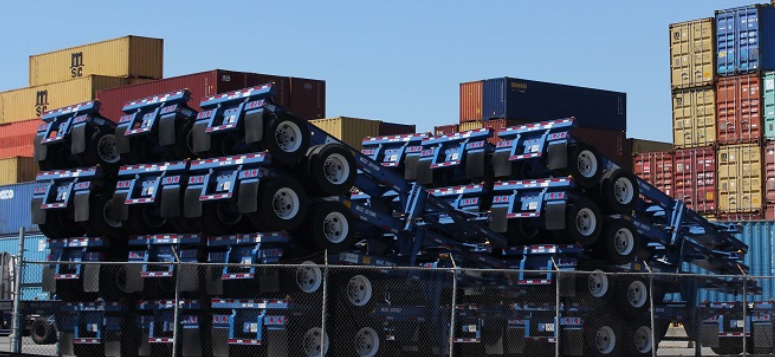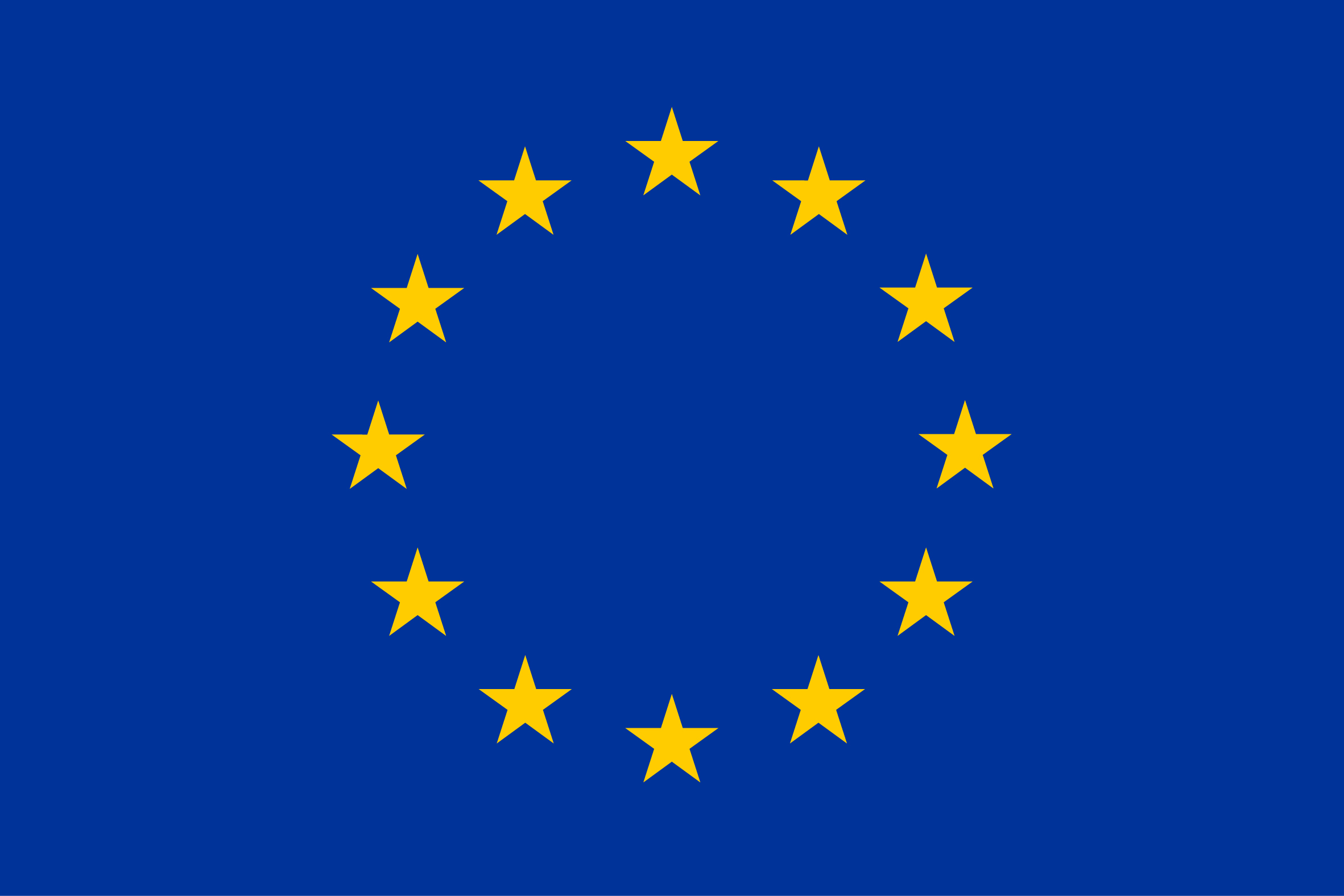Trade Cases

Leibowitz on Trade: The Latest on Section 232
Written by John Packard
February 10, 2019
Trade attorney and Steel Market Update contributor Lewis Leibowitz offers the following update on events in Washington:
Section 232 tariffs are increasingly in the news. Today, I describe two issues that are central to the prosperity (and in many cases the survival) of steel-using manufacturers.
Exclusions
With the end of the government shutdown, the exclusion machinery at the Commerce Department is in action again. There are still many thousands of pending requests, and the reasoning for granting or denying exclusions can be hard to fathom. One thing is sure—if domestic companies object to an exclusion request, the chances of approval go down substantially. In fact, I still have not heard of a case where a request was granted after a domestic company objected.
The Canadian Broadcasting Corporation (CBC) has published an article claiming that about 40 percent of Chinese exports of steel to the United States have been excluded from the steel tariffs, while only 2 percent of Canadian exports benefit from exclusions. The CBC asks, logically, whether the tariffs are serving the purpose of addressing Chinese overcapacity if such a large percentage of Chinese exports have been excluded.
The answer is more complicated than it appears at first blush. Let’s assume for the moment that the Mercatus Center (a George Mason University think tank) is right that 40 percent of imports from China are covered by product exclusions, while only 2 percent of Canadian imports are covered by exclusions under the steel Section 232 import regime.
In 2017, the last full year available for study, imports of steel from China (Chapter 72 of the Harmonized Tariff Schedules) were worth $635 million, compared with $5.2 billion from Canada.
In 2017, the Section 232 tariffs were not yet in place. However, a slew of antidumping and countervailing duty orders were in place on Chinese imports, sharply reducing them. Canadian steel imports are not subject to any antidumping or countervailing duty orders.
Forty percent of China’s steel imports in 2017 would be $254 million. Two percent of Canada’s imports would be $104 million. These numbers are extrapolations, because the steel tariffs cover some items under Chapter 73, and there are a few items in Chapter 72 that are not covered by the Section 232 tariffs. Moreover, a product exclusion for a steel product under Section 232 does not relieve the importer from antidumping and countervailing duties, which apply to most imports from China and almost no imports from Canada. The situation is less dramatic in favor of China than it first appears.
Nonetheless, the product exclusion regime is riddled with contradictions; the disparity of treatment between Canada and China is one piece of evidence of the arbitrary nature of the process.
Another “gap” in the system is the huge number of objections from domestic steel producers. Domestic companies objecting to exclusion requests must assert that (1) they can make the specific product covered by the request, and (2) they can produce the quantities requested. Mercatus has examined the cumulative claims of production capacity available to supply products covered by exclusion requests. The total is startling: a cumulative total production capability of over 144 million metric tons over and above their actual production of about 81 million tons in 2017. Again, this may be overstated because domestic companies often claim the ability to meet the needs of more than one exclusion requester with the same capacity (the justification for “double counting” of capacity is questionable, however). Objecting companies do not reveal exactly how they calculate their capability to produce steel in response to exclusion requests. The exclusion process has not required them to justify their numbers.
Legislation
Three major Section 232 reform measures were introduced in the last couple of weeks. I described one last week, the Global Trade Accountability Act of 2019 (H.R. 723). The other two are the Trade Security Act of 2019 (S. 365 and H.R. 1008) and the Bicameral Congressional Trade Authority Act of 2019 (S. 287 and H.R. 940), which I will refer to as the Portman bill and the Toomey bill, respectively.
The Portman bill would make fewer and less drastic changes than the Toomey bill to the current Section 232 statute. Portman would require a Section 232 remedy to be supported by a report and recommendations from the Secretary of Defense (current law calls for a report by the Secretary of Commerce). Congress could terminate the president’s import restrictions only by passing a joint resolution disapproving the action, which would only become law if the president signed the bill into law or Congress overrode the president’s veto by a two-thirds vote of both Houses. The Portman bill would not apply to the current Section 232 proclamations on steel and aluminum.
The Toomey bill would require Congress to approve the president’s import restrictions under Section 232; otherwise, they would not take effect (although an emergency provision would permit import restrictions to take effect for a 90-day period in an emergency). Like Portman, the Toomey bill would shift responsibility to the Defense Department from the Commerce Department. The bill would also provide for an exclusion process for any trade restrictions that would be administered by the International Trade Commission. The Toomey bill would retroactively require a congressional resolution of approval for the existing steel and aluminum import restrictions, as well as any future Section 232 actions.
Which bill is better? It depends on your point of view, of course. Domestic steel does not like either bill, but of course would much prefer Portman in its present form. As the bills go through the legislative process, the effective date provisions could be changed. Neither bill is assured of passage; and the president may veto either bill, requiring a two-thirds vote of both Houses to override. Whether Section 232 reform, or the broader reforms of trade law in H.R. 723 (the bill I described last week), pass Congress at all is still an open question. On the plus side, the new chairman of the Senate Finance Committee, Chuck Grassley of Iowa, says he wants to limit the president’s authority in unilateral trade actions. The Portman bill is less confrontational and limits the president’s authority to a lesser extent than the Toomey bill. Toomey is vigorously defending his approach as necessary.
Constitutional Issue
Meanwhile, the Section 232 on steel remains under challenge in the Court of International Trade. In his column today in the Washington Post, George Will explains the issue of congressional delegation of legislative power clearly. I commend it to your attention. Here is a link to the George Will column.
Lewis Leibowitz
The Law Office of Lewis E. Leibowitz
1400 16th Street, N.W.
Suite 350
Washington, D.C. 20036
Phone: (202) 776-1142
Fax: (202) 861-2924
Cell: (202) 250-1551

John Packard
Read more from John PackardLatest in Trade Cases

Breaking News: Trump’s ‘Liberation Day’ brings 10% baseline tariffs; steel, aluminum, and autos/parts excluded
President Trump’s promised “Liberation Day” has arrived, with a 10% minimum tariff on imports. But there are some very important exceptions: The United States’ USMCA partners, Canada and Mexico, are excluded from the reciprocal tariffs for now. In addition, steel, aluminum, as well as autos and auto parts are excluded from the reciprocal tariffs. That’s […]

Price on Trade: Auto tariffs, auto parts, and Hyundai – a world of rapid changes
Trump's new auto tariffs will apply to passenger vehicles (including sedans, sport utility vehicles, crossover utility vehicles, minivans, and cargo vans), light trucks, and certain automobile parts (including engines and engine parts, transmissions and powertrain parts, and electrical components).

CRU: Canacero urges Mexico-US partnership to fend off Asian steel imports
Victor Cairo, head of Mexico’s steel sector body Canacero and CEO of ArcelorMittal Mexico, says he is confident negotiations between the Mexican and US governments planned for April 2 will lead to the creation of a regional block to substitute imports, especially from Asia.

US chassis makers seek duties on imports from Mexico, Thailand, and Vietnam
Upon the request of US chassis manufacturers, the Commerce Department this week initiated investigations into the alleged dumping and subsidization of chassis imported from Mexico, Thailand, and Vietnam.

European Commission eyes stricter limit on tariff-free steel imports
The European Commmission is reducing the amount of tariff-free foreign steel that can enter the EU.
